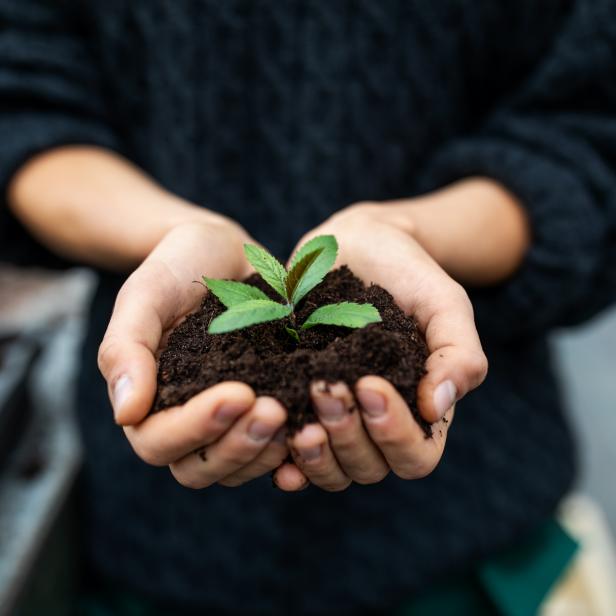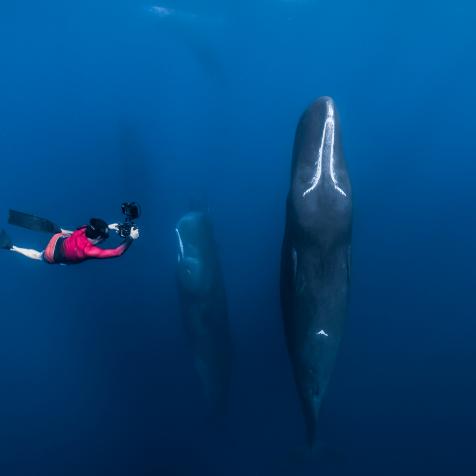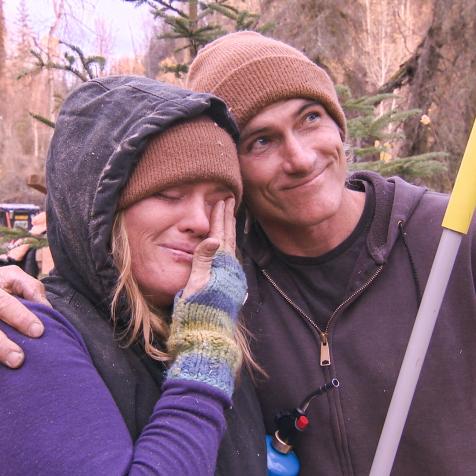
Luis Alvarez
Human Composting Saves the Planet One Burial at a Time
Green or eco burials have become an alternative way to reduce the environmental impact of burying loved ones.
Among the most talked about methods is ‘human composting’, where remains are turned into nutrient-rich soil. Nearly every US state has its own laws on burial, but as composting becomes more popular, people are looking at it as an option.
California has joined Washington, Colorado, and Oregon in passing laws that allow human composting, or natural organic reduction, a method that advocates say will slash the carbon footprint of funerals. The deceased body is placed into a reusable vessel filled with biodegradable materials like straw or wood chips and allowed to decompose into soil that is given back to loved ones or donated for land conservation.
Natural organic reduction is less harmful to the environment than either cremation or traditional burial. Cremation accounts for almost 60 percent of US funerals. It burns fossil fuels and releases millions of tons of carbon dioxide into the atmosphere yearly. Meanwhile, funeral services bury 90,000 tons of steel and more than 70,000 cubic meters of hardwood in caskets each year, plus toxic chemicals used in embalming.
California’s Assembly Bill 351 makes human composting an option for all future burials. Commenting on the environmental benefits, assembly member Cristina Garcia said: “For each individual who chooses natural organic reduction over conventional burial or cremation, the process saves one metric ton of carbon from entering the environment.”
Companies like Recompose, launched in Washington in late 2020, offer the service while emphasizing the benefits that the rich soil created brings by sequestering carbon and enriching gardens, woodland, and natural ecosystems. Bodies are laid on wood chips, alfalfa, and straw and then left for 30 days so microbes can break the body down naturally.
Vessels, where the body’s transformation to soil occurs, are eight feet long by four feet high steel cylinders. Family and friends have the option to attend a ‘laying-in’ ceremony to say farewell to their loved ones. Recompose CEO Katrina Spade devised the process in her university thesis and after graduation created the Urban Death Project to investigate its viability, before launching the company.
Others like Herland Forest, Earth Funeral, and Return Home offer similar services. Family and friends can either keep the soil for their own purposes, like planting a memorial garden or tree, or give it up to be buried on established woodland or forest plots to enrich the soil, help trees grow, and sequester more carbon.
California estimates that if every resident chose natural reduction as their burial method, nearly 2.5 million metric tons of carbon dioxide emissions could be saved in just 10 years. Cost plays a big part in that choice. Traditional burial costs around $8,000, with cremation not far behind at almost $7,000 according to a National Funeral Directors Association 2021 study, so the price tag of $3,000 to upwards of $5,000 for natural reduction makes it more appealing.
But maybe the cost cannot be counted in such simple terms. By burying loved ones in woodland plots, carbon can be sequestered for generations, in the earth, in the trunks of trees, and in plants growing on the forest floor. Green burials are an easy sell for enriching the planet and fulfilling a person’s final request at the same time.

















